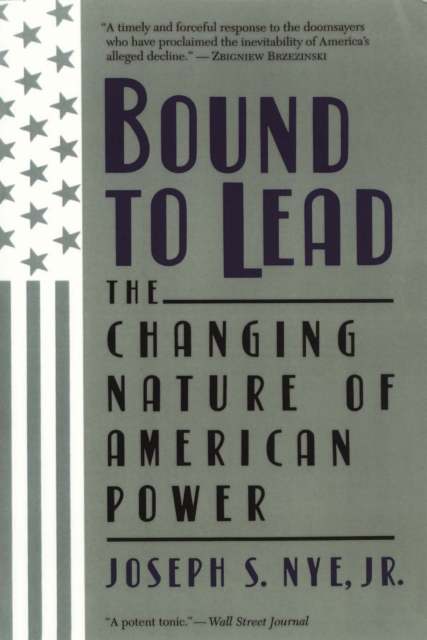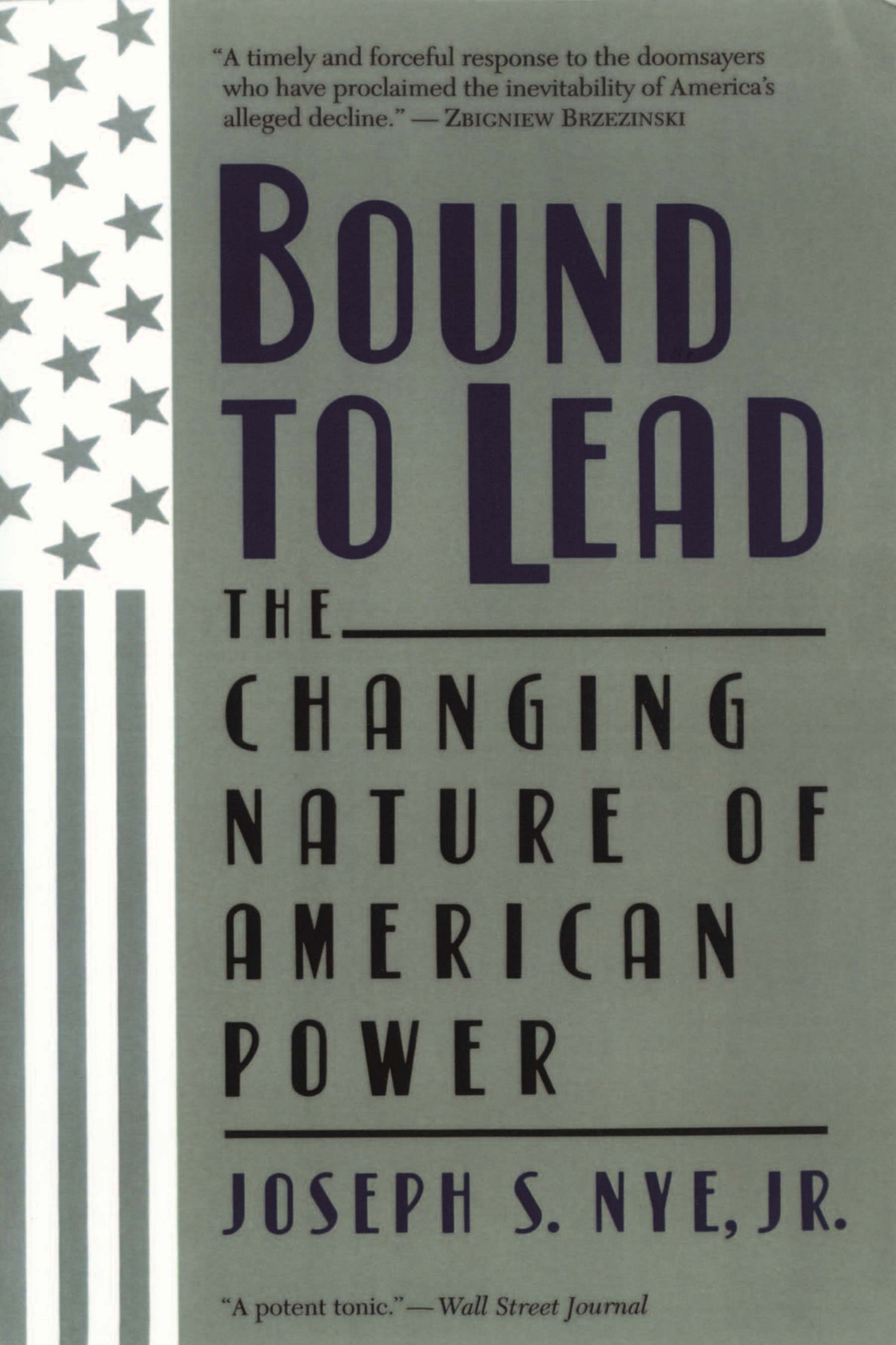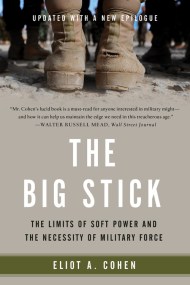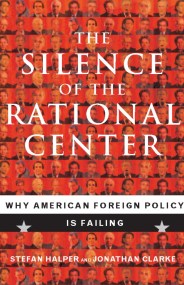Promotion
Use code BEST25 for 25% off storewide. Make sure to order by 11:59am, 12/12 for holiday delivery!
By clicking “Accept,” you agree to the use of cookies and similar technologies on your device as set forth in our Cookie Policy and our Privacy Policy. Please note that certain cookies are essential for this website to function properly and do not require user consent to be deployed.
Bound To Lead
The Changing Nature of American Power
Contributors
Formats and Prices
- On Sale
- Mar 1, 2016
- Page Count
- 336 pages
- Publisher
- Basic Books
- ISBN-13
- 9780465094165
Price
$10.99Price
$13.99 CADFormat
Format:
- ebook $10.99 $13.99 CAD
- Trade Paperback $21.99 $28.99 CAD
This item is a preorder. Your payment method will be charged immediately, and the product is expected to ship on or around March 1, 2016. This date is subject to change due to shipping delays beyond our control.
Buy from Other Retailers:
-
“Mr. Nye marshals his wide grasp of history, politics, and economics to produce a compelling book.”Economist
-
“Now, at last, the anti-declinists are firing back, and the best volley comes from Nye… the first to marshal the anti-decline arguments into a scholarly work and present and alternate vision of the country’s future… This book may help lift today’s gloom.”David R. Gergen, U.S. News & World Report
-
“From now on, nobody will be able to debate the question of American ‘decline’ except in the framework this book defines. It is solidly grounded, clear-headed, and powerfully argued – and extraordinary book”Ernest R. May, Harvard University
Newsletter Signup
By clicking ‘Sign Up,’ I acknowledge that I have read and agree to Hachette Book Group’s Privacy Policy and Terms of Use






